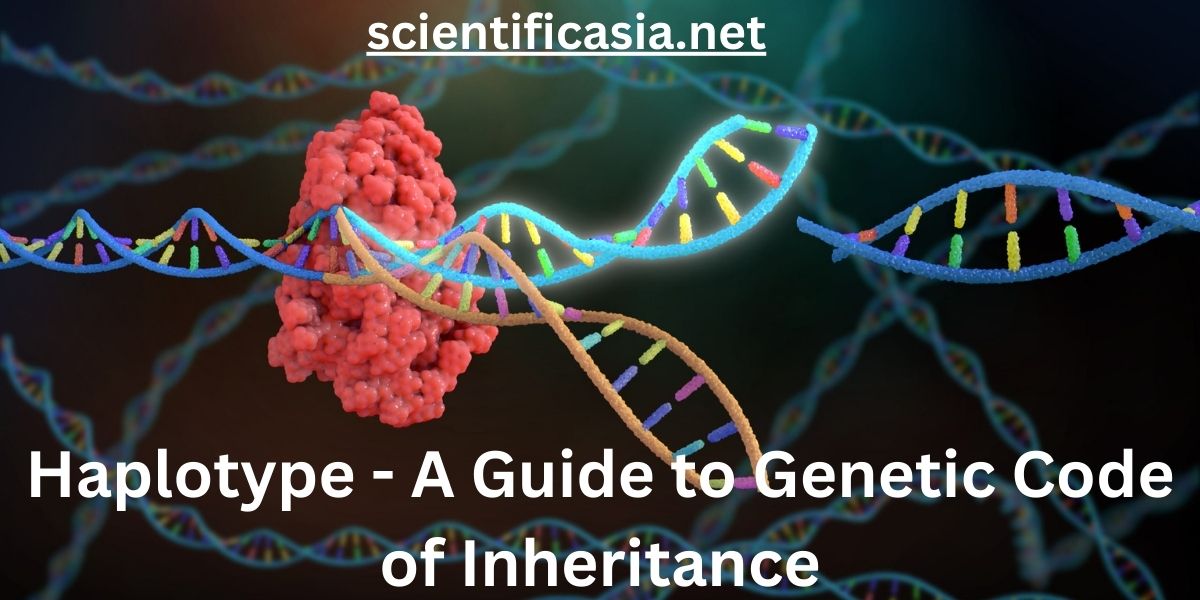The study of genetics is diverse and is continually evolving. Scientists are still exploring this vast field to find new types and variations. Human inheritance and all the genetic information one generation passes onto another are the cause of diversity on Earth. The haplotype is one of those concepts that enable an organism to inherit DNA sequences, allowing it to be unique. This blog will discuss a Haplotype in detail, explaining what it is and how this major inheritance component brings diversity to humans.
What is a Haplotype in DNA?
This article may be technical for users who are not familiar with genetics and related biological processes. To understand a Haplotype in simple terms, let’s first explore different aspects that revolve around the main concept. The following paragraphs will discuss:
- DNA
- Alleles
- Haplotype
DNA Explained
DNA, deoxyribonucleic acid, is the primary carrier of hereditary information in humans and other living organisms. Each human cell carries the same DNA components. This significant genetic component is stored in the body as code made of four chemical bases. The main highlight of DNA is replication, duplicating itself to create new copies. Although the four types of DNA are inherited in very different ways, they are all prone to errors that can be made during the DNA replication process. These errors are called mutations. Some mutations cause disease, but most are harmless. A Haplotype is a sub-part of DNA sequences that will be explained after Alleles.
DNA and Haplotype
As DNA is copied and passed down through generations, it gradually accumulates more mutations. People who are more closely related have fewer differences in their DNA; people who are more distantly related have more differences. Mutations are the root of human variation; they are the source of differences among all the people of the world. Since 99.9% of the human genome is the same across the whole human race, looking at the 0.1% part that tends to differ between individuals gives the most information when analyzing DNA for genealogical purposes. There are specific regions that can be especially informative; some of these regions, such as one particular section of mitochondrial DNA, are analyzed in detail.
Alleles
Before moving on to Haplotype, let us first understand Alleles. When studying DNA sequences, most regions of DNA are examined by looking at representative sections called “markers” distributed across a large region of a chromosome. Each of these markers has specific variations called Alleles. The word “Allele” defines the alternative form of a gene. People inherit one allele for each autosomal gene, further categorizing them into normal, wild-type, or abnormal. It is one of two or more versions within a DNA sequence at a given genomic location, a unit indicating gene position. For a specific genomic location where variation exists, every individual inherits two alleles, one from each parent.
What is a Haplotype?
In most cases, identifying a person’s allele value for a single DNA marker does not reveal much information, but because DNA tends to be inherited in large chunks, looking at allele values for several points across a stretch of DNA can be very informative. The combination of allele values for a set of markers across a stretch of DNA, also known as a chromosome, is called a haplotype.
Haplotype Definition in Scientific Terms
A haplotype is a distinct combination of genetic variations (alleles) inherited from a single parent. Simply, a haplotype refers to a group of genetic markers that, due to their proximity on a chromosome, tend to be inherited together. These markers can include single-nucleotide polymorphisms (SNPs), insertions, deletions, and other types of genomic abnormalities.
Impact of Haplotype on Life
People with similar haplotypes for a certain region of DNA are more closely related than those with different haplotypes. Since scientists have been able to determine the average rate of mutation for each of the four types of DNA, the number of differences between the haplotype of different people can tell approximately how many generations one has to go back to find a common ancestor of people whose haplotypes have all or most of the same marker allele. Different haplogroups have been traced back to specific geographic regions around the world.
Summary
Finally, haplotypes are special codes that help us comprehend our family inheritance and what distinguishes one person from another. We have discovered that our DNA is a particular instruction manual that is passed down from parents to children. This informative genetic component contains several alleles, which come in pairs – one from each parent. A haplotype forms when multiple of these alleles are present together along a length of a chromosome. Consider it a genetic fingerprint that reveals where the ancestors came from and how closely connected humans are. The closer the haplotypes are to those of others, the more the probability of having a common ancestor. A haplotype serves as an information source that helps unveil the tremendous existence of life on Earth by providing stories recorded in DNA from multiple generations.
















